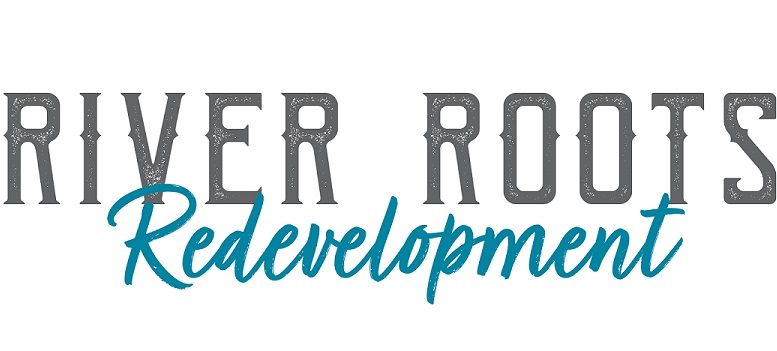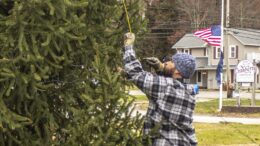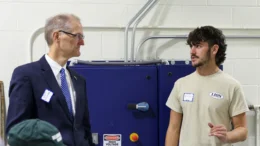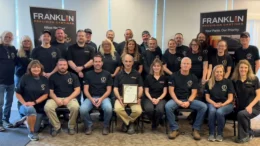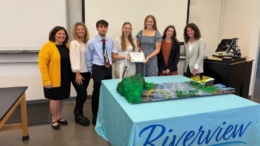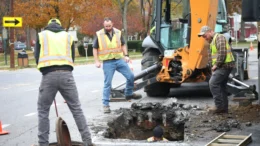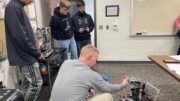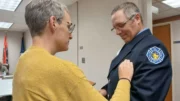By: Selina Pedi-Smith, Pellere Foundation
If you know me, you know I have a hard time sitting still. So, of course, as soon as I felt like I had the hang of the skid loader, my fingers started itching for the next piece of equipment I’d like to learn: the digger. Or, in official terms, the excavator. And to be fair to myself, this isn’t a brand-new idea. I’ve wanted to learn how to run a digger for ages. In recent years, I pictured my husband handling the skid while I took the digger. Now? Well, sure, I can run the skid when needed. But the allure of the digger calls.
And I already know exactly what I’d like to do with one.
Our pond started out as nothing more than a soggy patch at the bottom of the paddock, which is why I named our road Soggy Bottom Lane. (My son was still in diapers at the time, so I had more than one person ask if I named it after my baby!) A couple years after I moved here, I got tired of the near-constant marshiness, and I dug a little frog pond by hand with a shovel, just to see if the ground would hold water at any depth. It did. Years later, I had a much deeper test trench cut in. Held water perfectly. That gave me the confidence to dig a small pond, which now graces the bottom of our paddock beautifully, and overflows into the creek at the edge of the property. That overflow has already perked up part of the creek, which got me thinking: what if we expanded the pond across the whole soggy bottom? More pond surface to enjoy, and the opportunity for another directed overflow to bring yet more life back to that old creek.
The driveway is part of the same story. This summer I patched the potholes and smoothed the bumps with the skid, which has helped tremendously. But the real issue, of course, isn’t the surface of the driveway. It’s the water underneath it. See, our driveway started life as a quick and dirty access road for loggers and drillers way back in the day, with little regard for the shallow creek it ran straight through. Over time the road got built up, and now stormwater goes every which way Except into that creek. Without a drainage ditch on the high side and pipes to carry the stormwater where it belongs, I’ll be patching potholes forever. What I want is to route that water back into the creek, where it can do good instead of damage.
That’s what excites me: these aren’t just fixes, they’re small acts of restoration. A pond that started as a shovel-dug hole for frogs has become a thriving wetland. A driveway that rattled teeth can become a path that works with the land instead of against it. And a creek that’s been choked for decades can start to run clearer again.
So yes, I want to learn to run a digger – partly, yeah, because it looks like even more fun than the skid, but mostly because there’s so much more we can build. Not just bigger ponds or smoother driveways, but spaces that heal, places that work, and systems that flow the way they were meant to.
Because the real question isn’t what breaks first. It’s what we can reimagine, revitalize, or rebuild next.

